
Kudos has partnered with CardRatings and Red Ventures for our coverage of credit card products. Kudos, CardRatings, and Red Ventures may receive a commission from card issuers. Kudos may receive commission from card issuers. Some of the card offers that appear on Kudos are from advertisers and may impact how and where card products appear on the site. Kudos tries to include as many card companies and offers as we are aware of, including offers from issuers that don't pay us, but we may not cover all card companies or all available card offers. You don't have to use our links, but we're grateful when you do!
Credit Card Rewards Stacking: How to Combine Deals for More Savings
July 1, 2025


Why settle for one reward when you can have two or three? Rewards stacking is the art of combining multiple deals, offers, or programs on a single purchase to maximize your benefit. In other words, it’s about “double-dipping” or even “triple-dipping” on rewards legally and ethically. For example, imagine buying a new laptop: you find a promo code for a discount, go through a cash back portal for cash back, and pay with a credit card that earns bonus points for electronics. You’ve just stacked three different rewards on one purchase!
In 2025, there are more opportunities than ever to stack rewards, thanks to various shopping apps, loyalty programs, and card perks. This article will show you how to layer these savings, step by step. With a little planning (and help from smart tools like Kudos that can alert you to stackable deals), you can turn ordinary purchases into a jackpot of rewards.
Stack #1: Credit Card Rewards + Shopping Portals
One of the easiest and most common stacks is using a shopping portal plus your credit card rewards. As mentioned, shopping portals (like Kudos, Topcash back, or your card issuer’s own portal) give you extra cash back or points for clicking through their link before shopping at an online retailer. This does not interfere with your credit card earning its normal rewards. So if you have a card that earns 3% back on online shopping and Kudos offers 5% at that store, you’re effectively getting 8% back total.
Always check a cash back comparison site or extension to see which portal has the best offer for the retailer you plan to buy from. It’s essentially free extra money. If you use Kudos, it can automatically remind you of portal opportunities when you’re at a checkout page and even ensure you get that extra cash back seamlessly (Kudos’s own rewards are actually a form of portal that gives you 100% of commission back).
Stack #2: Credit Card Rewards + Coupon or Promo Codes
Next layer: find a coupon code or promotion for your purchase. Many retailers have ongoing promo codes (10% off for new customers, holiday sale codes, etc.). You can often use these codes in conjunction with both a portal and your card rewards. For instance, you go through a cash back portal to an electronics store, apply a $50 off coupon at checkout, and pay with your rewards card – the portal cash back and card points still calculate on the post-discount price (some portals might exclude usage of certain coupons if not listed on their site, but usually if the coupon is public, you’re fine).
Always try a quick search for “[Store name] coupon code” or use browser extensions like Honey (for coupon finding) while making sure it doesn’t override your portal selection (some extensions cancel out portals). Another approach: some credit cards have their own offer codes (like Amex Offers or bank deals) which you add to your card. Those can stack too – e.g., an Amex Offer for $20 back on a $100 purchase at Nike can stack with a Nike coupon and portal cash back. Combining a sale + coupon + portal + card rewards is the dream scenario for online shopping savings.
Stack #3: Multiple Card Perks on One Purchase
Sometimes one purchase can trigger multiple benefits on your credit card itself. For example, say you buy an airline ticket. You use a travel credit from Card A (which covers $300 of travel annually) and charge the remaining to Card B that has trip insurance and earns 3x points on airfare. You effectively stacked the perks of two different cards on that one transaction – Card A’s credit saved money, Card B’s rewards and insurance add value.
Another scenario: using a price protection feature of one card after using another card’s extended warranty – though nowadays fewer cards offer these, but if they do, you could (in theory) split or use one card for purchase and another card’s benefit by registering the purchase (some purchase protection allows items bought on any card if you have that service subscription – more niche, but worth mentioning).
The key is to know what each card offers and see if more than one can apply. Most of the time, you pick one card per transaction, but you can still layer things like using your card’s mobile app offers plus its rewards. For instance, a card’s app might have an offer “Add to card: 5% back at grocery stores” which stacks with the card’s usual rewards, effectively giving you a higher return. So make sure to activate those bank offers in your account – they stack automatically at purchase.
Stack #4: Loyalty Programs + Credit Card + Deals
If you’re shopping at a store that has its own loyalty or rewards program, join it. Often, store loyalty points or rebates stack on top of any credit card rewards because they are separate systems. For example, you buy at CVS: use your CVS ExtraCare card to earn CVS rewards, use a manufacturer coupon from the paper, go through a portal that gives pharmacy rewards (some portals include CVS), and pay with a credit card that gets drugstore bonus points.
All four layers can work together. Another example: flying an airline, you earn frequent flyer miles for the flight (loyalty program) while also paying with a card that gives you points for airfare and maybe using an airline coupon or discount code. Or dining out: use the restaurant’s app or loyalty program (like Starbucks Rewards stars), pay with a card that has a dining offer or high rewards, and maybe use a coupon or happy hour deal.
These combinations can greatly increase the total value you get. It requires being a member of the loyalty programs where you shop frequently (which is usually free, just a sign-up). In short, double dip with store loyalty plus your card perks every time you can.
Stack #5: Signup Bonuses + Big Purchases with Discounts
This is more of a situational stack, but worth noting: if you’re working on a sign-up bonus spend for a new credit card (say you need to spend $3,000 in 3 months to earn 50,000 points), that’s a period where every purchase’s points are extra valuable (because they contribute to that huge bonus). So stacking other deals on those purchases is extra sweet. Let’s say you need a new appliance for $1,000.
You have a 10% off store coupon, you go through a portal for 5% back, you pay with your new card (earning base points + moving you closer to the bonus). Once you hit that bonus, it’s like all those purchases earned an additional chunk of points (the bonus), effectively increasing the reward rate on everything you bought during that time. It’s a bit abstract, but think of it as stacking the sign-up bonus opportunity with other deals.
Always combine expensive planned purchases with sign-up bonus windows if possible, and still use coupons/portals/store rewards on them.
Caution: Know the Rules (What Doesn’t Stack)
While stacking is great, be aware of a few limitations. Some shopping portals will not pay out if you use a coupon code that isn’t listed on their site (they consider it “unauthorized coupons”). Read the fine print on the portal offer – if in doubt, test a smaller purchase first or just accept possibly losing portal cash back if you use a random code. Also, using two different shopping portals on one purchase doesn’t work (you have to choose one).
Two different credit cards’ rewards won’t stack on the same dollar spent (except the scenario of splitting payment, which is rarely beneficial unless using two different card credits). Also, some store loyalty offers might not combine with portals if they require you to shop through their own link (e.g., using a store’s cash back program vs an external one – usually you pick one). But for the most part, a credit card + portal + coupon + loyalty will all play nicely together. Just keep your expectations realistic and always double-check that each layer applied (e.g., confirm your card tracked the points, portal shows pending cash back, etc.).
How Kudos Simplifies Stacking
If the above sounds like a lot to keep track of, Kudos can be your best friend. The Kudos browser extension (and app) is designed to surface these stacking opportunities without you having to actively search for them. For example, when you’re on an online checkout page, Kudos will pop up if there’s a relevant offer: it might say “Hey, activate 5% Kudos cash back at this store” (which stacks on your card rewards), and “Use your X Card for the best rewards here.” It essentially handles the portal part by giving you extra cash back (remember, Kudos passes the full commission, giving users typically 2-3x higher rewards than other extensions) and ensures you pick the right card you own that has the highest reward for that purchase.
It also can auto-fill your saved credit card details securely, making checkout faster (and less tempting to stray and forget a step). By consolidating these steps, Kudos makes sure you don’t miss out on stacks. Instead of needing to recall everything manually, the tool catches stackable deals in real-time. Since it’s free, it’s like having a stacking coach who whispers in your ear each time you shop, “Wait! Don’t forget to stack this deal.” This helps you get comfortable with reward stacking until it becomes second nature.
The Bottom Line
“Stacking” might sound like a strategy for extreme couponers, but even everyday shoppers can do it easily and reap the benefits. In 2025, prices on many goods and services have risen, so stacking rewards and discounts is a smart way to stretch your dollars further. With one purchase, you might only save a few extra bucks or earn a handful of extra points, but across a year those gains multiply. It’s the difference between earning, say, 1% back on everything versus effectively getting 5-10% back when you layer deals — a huge boost.
The key takeaways: always look for a portal or cash back opportunity, always search for a coupon or offer, use loyalty programs, and pay with the card that gives maximum rewards (and use tools like Kudos to simplify all of this). By combining these, you’re essentially getting paid multiple times for one transaction. That’s savvy shopping. So go ahead and start stacking – your wallet will thank you!
Credit card Rewards Stacking FAQs (2025)
Is stacking rewards allowed by credit card companies and retailers?
Yes, generally stacking is allowed. You’re basically using separate programs that don’t conflict. Credit card rewards, retailer coupons, and third-party cash back sites are independent. However, each program has its own terms. For example, as noted, some cash back portals have rules about which coupons you can use. But there’s no overarching rule that says you can’t use multiple savings methods. Credit card issuers expect you to use their cards with coupons or in conjunction with loyalty programs – that’s normal commerce. As long as you’re not exploiting a specific prohibited loophole (which typical stacking isn’t), it’s perfectly fine. In fact, retailers often promote using their loyalty plus your card offers – because it encourages spending.
Can I stack multiple credit card offers on one purchase (like two different card’s offers)?
Not on the exact same transaction using one card. But you could split a purchase between two cards if a merchant allows split payments in store (rarely online) to trigger two offers – this is a bit complex and situation-specific. Generally, one purchase will go on one card, so you choose the best single card offer for it. However, as described, you could use one card’s benefit (like an annual credit or gift card from card perks) and then pay the rest with another card that has good rewards.
What are the best tools for finding coupons or cash back to stack?
A few useful ones: Honey or RetailMeNot Genie for coupon codes – they automatically try codes at checkout. For cash back, Rakuten, Topcash back, Capital One Shopping, and others have extensions that notify you of cash back. Kudos is great because it combines showing you the best card to use and also provides cash back itself, effectively acting as a portal. CouponCabin or Slickdeals can also alert to stackable deals. To compare multiple portals’ rates quickly, a site like cash back Monitor shows you which portal has the highest reward for a given store. Using that, you can choose the top one.
Does using a cash back portal affect my ability to return items or use warranties?
Not usually. When you use a cash back portal, from the retailer’s perspective, it’s just another online referral. Your purchase is still directly with the retailer. So return policies are the same – you’d return through the retailer. Keep in mind if you return an item, you won’t get the cash back or it will be clawed back if already paid. As for warranties or purchase protections on your credit card – those are based on the fact you used your card. Using a portal doesn’t change that since you still paid with the card. So you still have your extended warranty, purchase protection, etc., from the card (as long as you used that card and met any conditions of the protection).
How many layers of stacking are realistic in everyday life?
Typically, you can stack about 3 layers easily: (1) your credit card rewards, (2) a coupon or sale, and (3) a cash back portal or app. The store’s own loyalty program could be a fourth if applicable. In everyday life, you might not find a coupon for every single thing, but you can almost always choose a good card and often use a portal for online shopping. In-store, you can still stack loyalty and card rewards, and sometimes a paper coupon or mobile coupon. So, 2-3 layers are common.

Supercharge Your Credit Cards
Experience smarter spending with Kudos and unlock more from your credit cards. Earn $20.00 when you sign up for Kudos with "GET20" and make an eligible Kudos Boost purchase.
Editorial Disclosure: Opinions expressed here are those of Kudos alone, not those of any bank, credit card issuer, hotel, airline, or other entity. This content has not been reviewed, approved or otherwise endorsed by any of the entities included within the post.
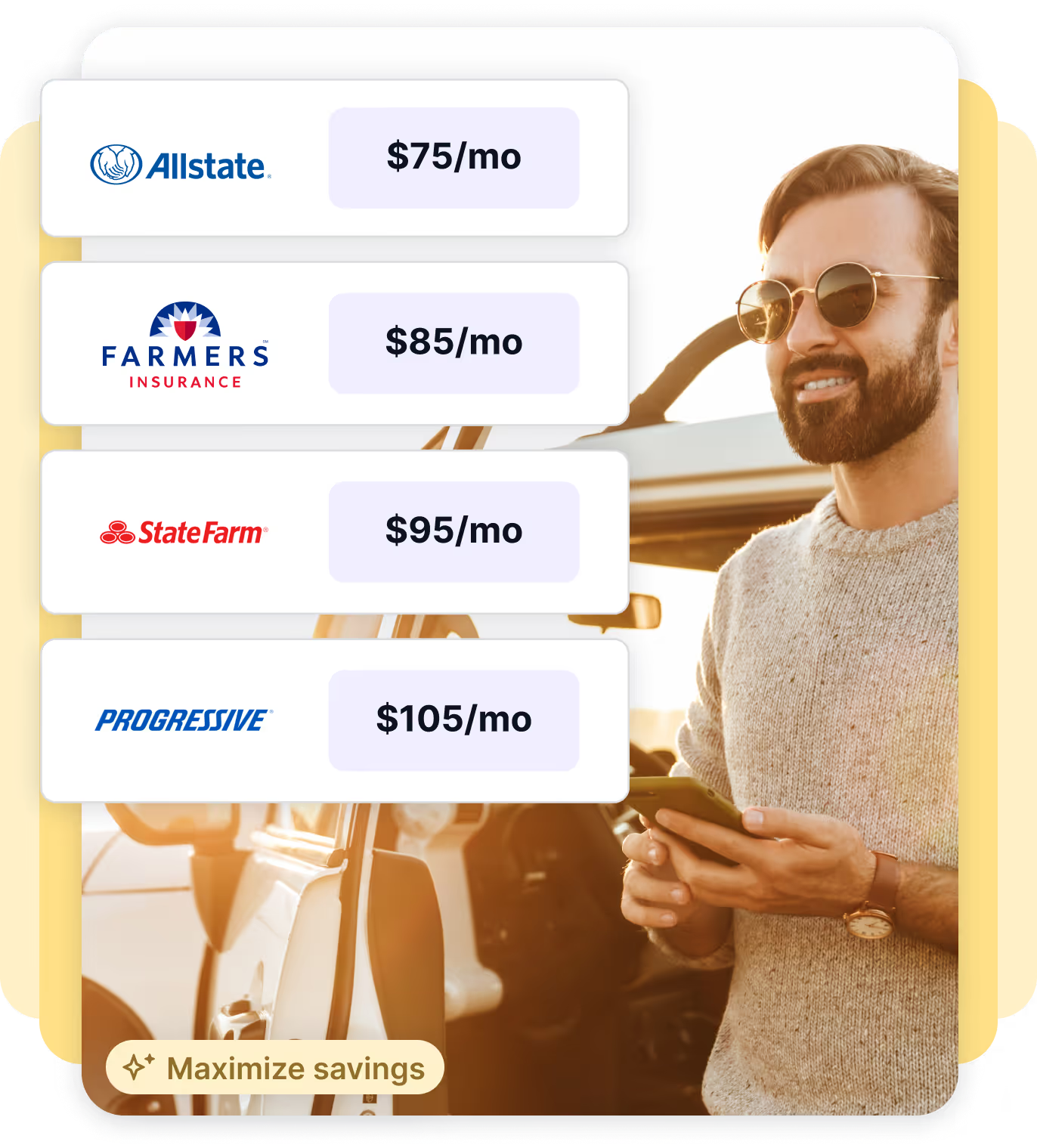
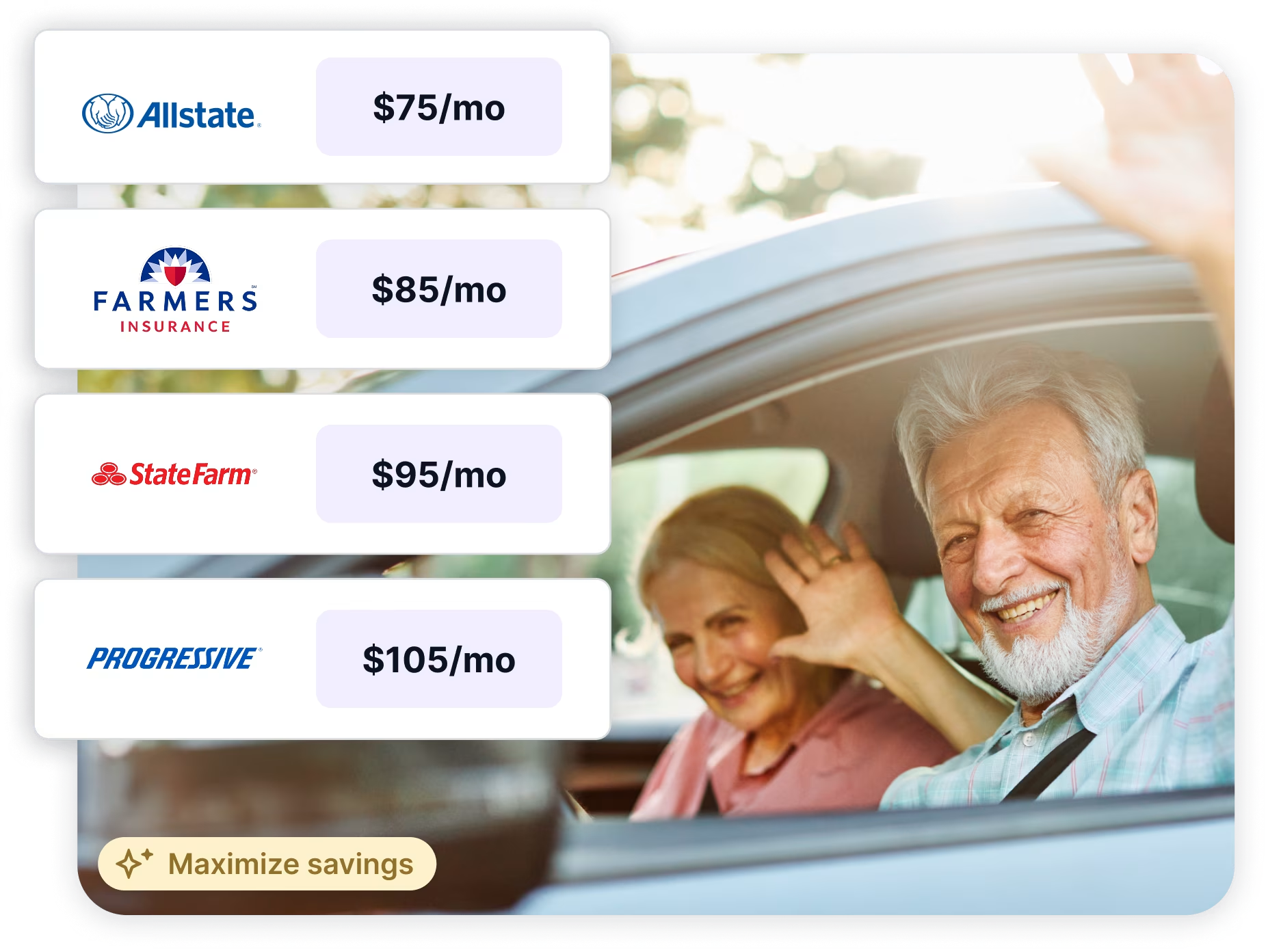
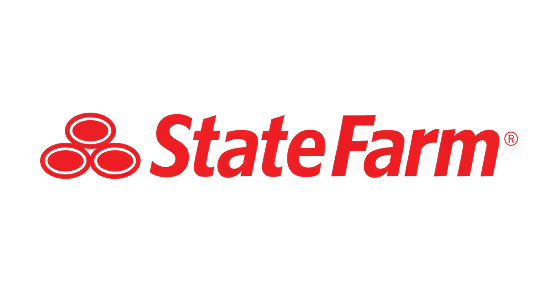
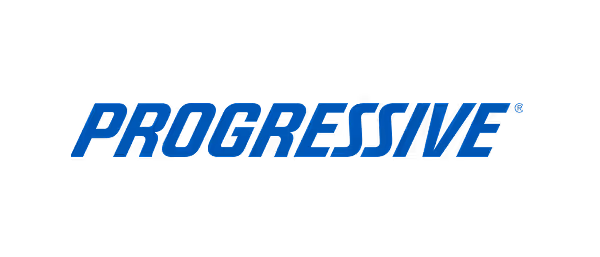
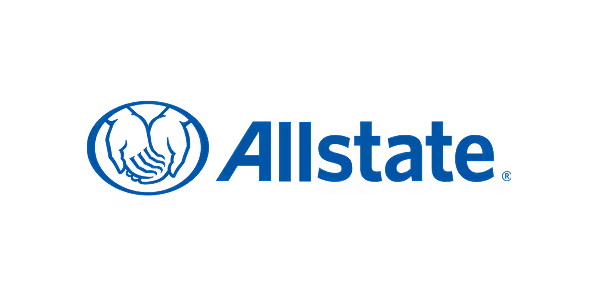



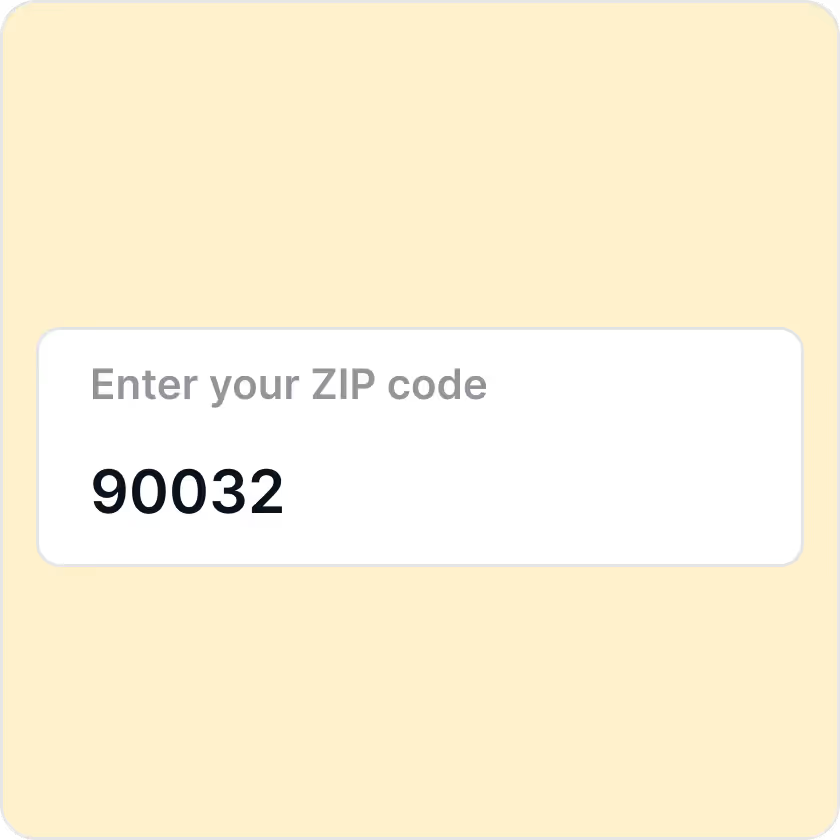

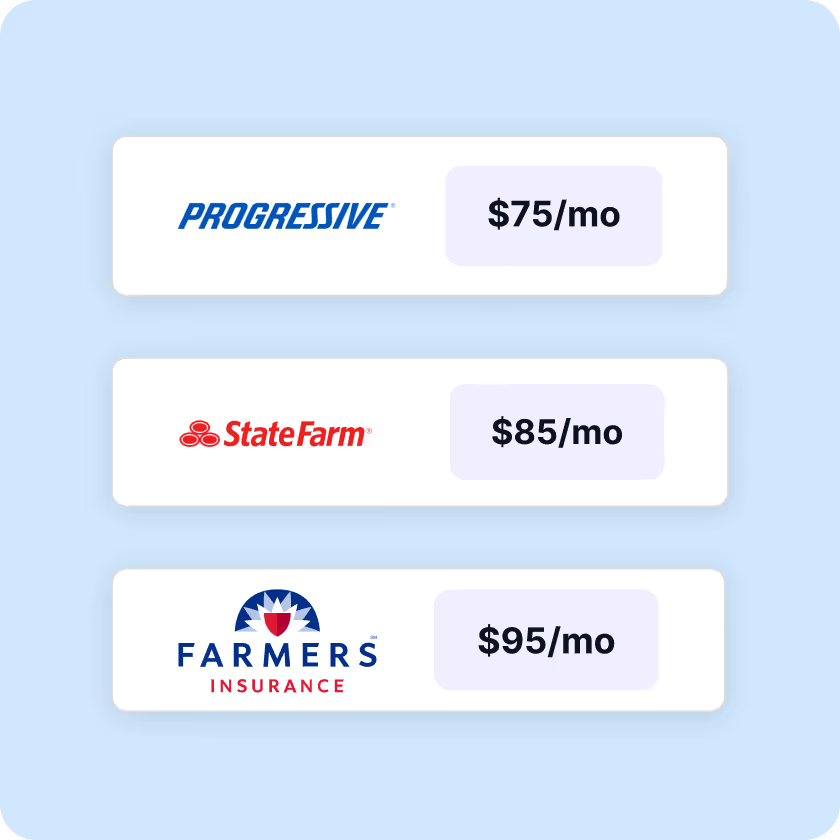
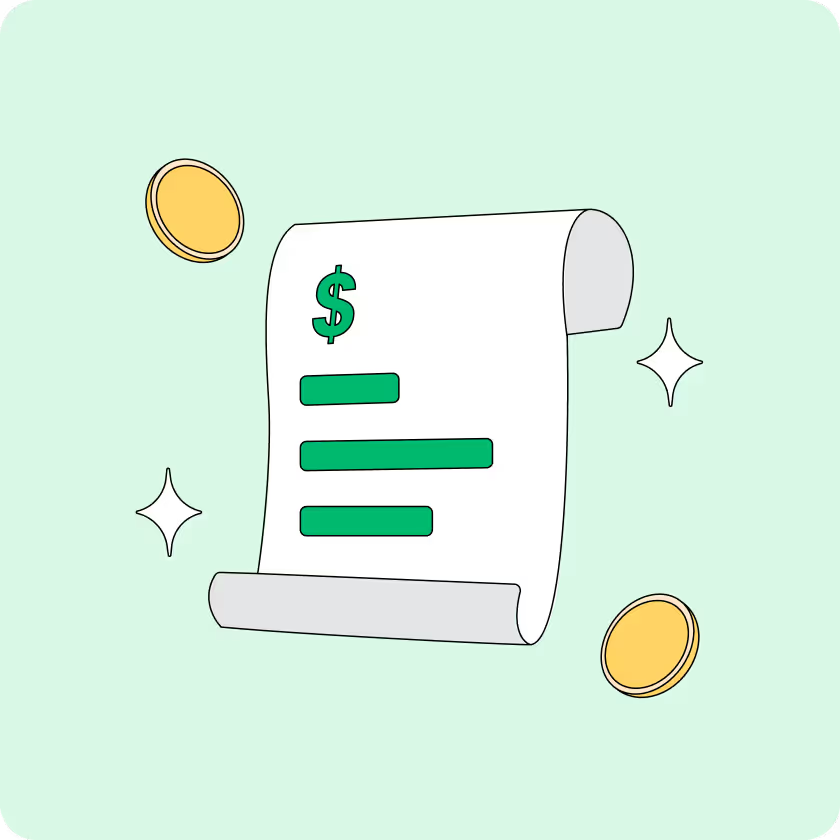

















.webp)
.webp)
.webp)
%20(1).webp)
.webp)
.webp)

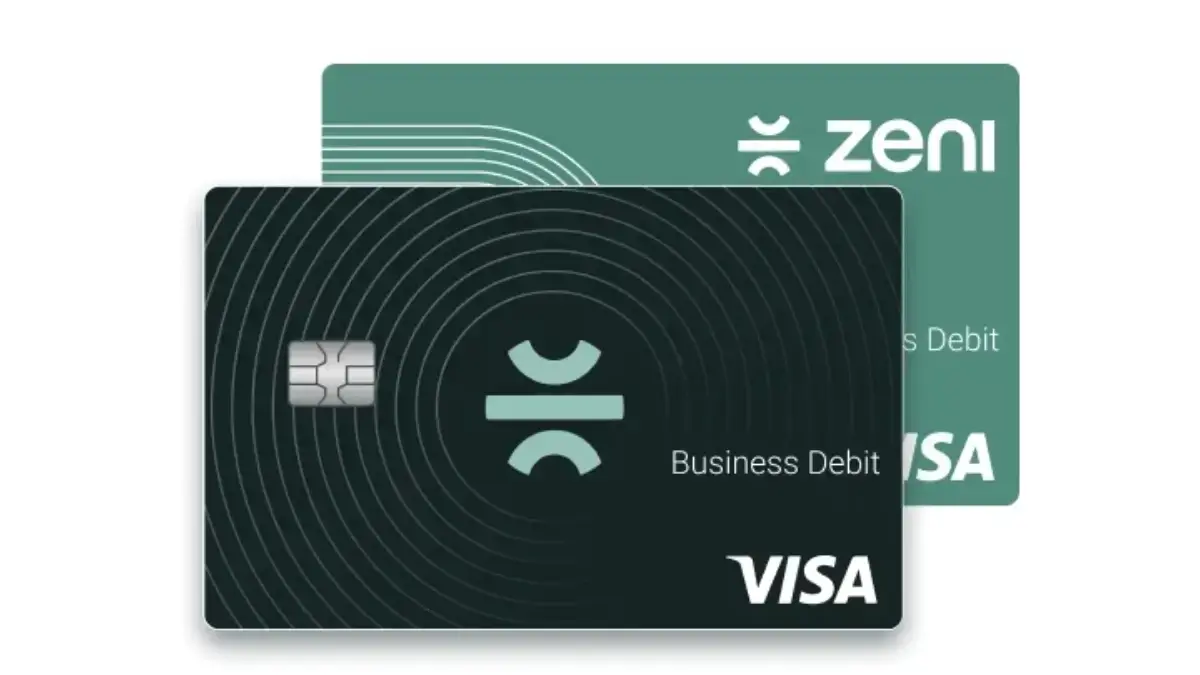
.webp)